In the context that our country's economy continues to face many difficulties and challenges arising from adverse and complicated developments in the international situation as well as internal economic problems, Vietnam's economy still achieved positive results in stimulating demand, aiming for an 8% growth target in 2025, creating a foundation for the double-digit growth target in the 2026-2030 period.
Along with that, pressure from tariffs, exchange rates and global geopolitical fluctuations weigh on monetary policy space, so the flexibility, initiative and large enough scale of fiscal policy are the pillars to lead growth and stabilize the macro economy in the long term.
Reducing and extending taxes, fees and land rents to support the economy and stimulate aggregate demand
The policy of reducing and extending taxes, fees, charges and land rents to support people and businesses to restore production, business and stabilize their lives is one of the important tools to support the economy, stimulate aggregate demand and increase investment. Through administrative procedure reform, expanding reasonable tax incentives and using the budget effectively, the State creates a favorable environment for the private sector to invest, innovate and contribute increasingly to sustainable economic growth in the spirit of Resolution 68/NQ-TW dated May 4, 2025 of the Politburo on private economic development.
 |
In 2024 and the first months of 2025, continue to implement policies to reduce and extend taxes, fees, charges and land rents that have been issued to support businesses and people, such as reducing VAT rates (from 10% to 8% for some groups of goods and services; reducing environmental protection tax on gasoline, oil, and grease; reducing 50% of registration fees for domestically manufactured and assembled cars[1] and continuing to offer preferential registration fees for battery-powered electric cars[2]...
The total amount of money reduced and extended is estimated to the end of June 2025 to be about 106.7 trillion VND (a reduction of about 48.8 trillion VND, an extension of about 57.9 trillion VND). The total support for people and businesses in 2025 is expected to reach about 232.6 trillion VND, about 35 trillion VND higher than in 2024.
In fact, tax reduction helps increase revenue thanks to the effect of expanding production, increasing consumption and creating more jobs. The policy of extending the time for paying taxes, fees and land rents is also playing an effective role as a form of "interest-free loans", helping businesses have more cash flow to invest in automated machinery, increase productivity and reduce labor costs. In the context of commercial interest rates remaining high for many small and medium enterprises, the tax extension policy not only helps improve liquidity but also acts as a stable source of credit from the State.
The implementation of these solutions is aimed at solving both short-term goals such as supporting people and businesses to restore production and business in the context of the domestic and international macroeconomic situation continuing to have many fluctuations, and at long-term goals such as focusing public investment capital resources to upgrade the important and essential infrastructure system of the economy to expand the country's development potential.
Total state budget revenue in the first 6 months of 2025 is estimated at VND 1,302.1 trillion, equal to 66.2% of the estimate, up 25.4% over the same period in 2024, of which domestic revenue reached 67.2% of the estimate, up 29.1% over the same period in 2024, the implementation of e-tax, e-commerce tax collection, and digital platforms achieved many positive results[3].
This growth is largely due to the economy's GDP growth rate of 7.55% in the fourth quarter of 2024 and 7.09% for the whole year, along with continued growth momentum in the first months of 2025, especially the positive growth of production, business, tourism, trade activities, and improved budget revenue management.
State budget expenditure structure prioritizes resources, creating momentum for economic growth
Along with tax policies supporting production and business activities, state budget expenditure policies continue to be adjusted to prioritize resources to promote investment in key projects, investment in science and technology, innovation, digital transformation, etc., towards implementing the four pillar resolutions[4] to develop the country in the coming time.
In particular, allocate enough 3% of the budget for science and technology to implement breakthrough policies on science and technology development, innovation, and digital transformation[5]; the state budget expenditure structure prioritizes resources for development investment to create growth momentum, ensuring resources for timely payment of regimes and policies for cadres, civil servants, public employees, and workers when implementing the arrangement and consolidation of the organizational apparatus, ensuring social security...
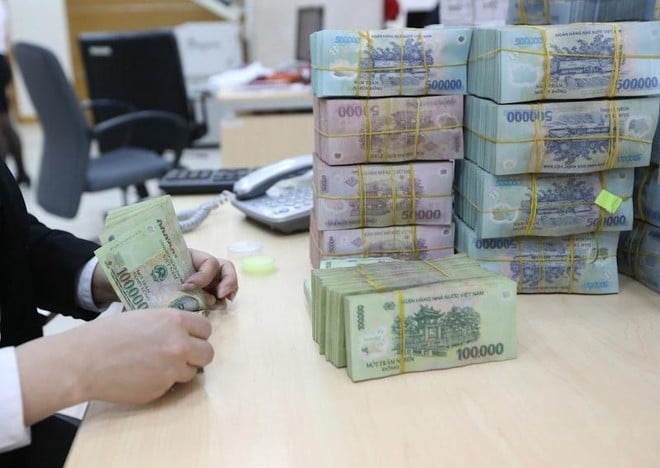 |
2025 is the year with the largest amount of public investment capital ever, about 237 trillion VND higher than the same period in 2024. Of which, the planned capital for 2025 alone, approved by the National Assembly and allocated by the Prime Minister to ministries, central and local agencies, is 829.36 trillion VND, not including the capital transferred from the previous year and additional capital from increased revenue in 2024.
Estimated disbursement of public investment capital from the beginning of the year to June 30, 2025 is VND 268.1 trillion, reaching 32.5% of the plan assigned by the Prime Minister, about VND 79.7 trillion higher than the same period in 2024 (disbursement in the same period in 2024 is estimated at VND 188.4 trillion, reaching 28.2%).
Public investment capital is allocated more centrally, continuing to overcome the situation of scattered, dispersed, and wasteful investment; enhancing the initiative and responsibility of all levels and sectors in selecting, approving, and allocating capital; ensuring publicity and transparency in public investment capital management.
All key projects and works have basically met and exceeded the set schedule and requirements. To date, 16 expressways have been completed and put into operation, increasing the total number of expressways nationwide from 1,327km to 2,268km, ensuring the completion of the target of 3,000km of expressways by 2025.
Fiscal policy plays a pivotal role, coordinating monetary policy to lead growth and stabilize the macro economy in the long term.
Although fiscal policy and monetary policy use different systems of tools, different transmission mechanisms, and fiscal policy has a larger lag than monetary policy, both policies aim at the ultimate goal of stabilizing the macroeconomy and supporting economic growth.
In the first 6 months of 2025, fiscal policy tools will continue to be used proactively, closely and flexibly in both budget revenue and expenditure aspects, promptly supporting people and businesses to expand production, business and consumption, stimulating domestic aggregate demand.
At the same time, ensuring fiscal discipline will minimize risks to the economy, helping to improve the effectiveness of coordination between fiscal and monetary policies. Maintaining fiscal policy, loose monetary policy but lacking fiscal discipline can also create conflicts in management, leading to policy distortions. This can cause actual growth to deviate from potential growth, forcing a return to implementing tight fiscal policy to control inflation, weakening the overall effectiveness of policy coordination.
Experience from many countries (Chile, South Korea, Singapore) shows that fiscal and monetary policies were expanded during the 2008 crisis to quickly restore the economy. However, because there is a close relationship between fiscal and monetary policies, the instability of one policy affects the stability of the other and vice versa.
The Mexican crisis of 1982 is an illustrative example of how excessively loose macroeconomic policies can lead to economic instability, affect market confidence, and lead to crises. Therefore, close coordination between fiscal and monetary policies will minimize the negative interactions between policies, while increasing the positive impact on the economy in the long run.
In general, the coordination of fiscal and monetary policies needs to ensure both short-term goals and long-term goals for socio-economic development, ensuring high growth and sustainable development.
[1] Decree No. 109/2024/ND-CP dated August 29, 2024
[2] Decree No. 51/ND-CP dated March 1, 2025 amending and supplementing a number of articles of Decree No. 10/2022/ND-CP dated January 15, 2022 regulating registration fees.
[3] By the end of June 2025, 159 foreign suppliers had registered for tax, declared and paid taxes via the Electronic Information Portal for Foreign Suppliers, with the declared and paid tax amount of VND 5.7 trillion, an increase of 41% over the same period in 2024. In the first 6 months of 2025, 130,000 business households and individuals had registered for tax, declared and paid taxes on the Electronic Information Portal for Business Households and Individuals, with the paid tax amount of nearly VND 1.7 trillion.
[4] Resolution No. 57-NQ/TW dated December 22, 2024 of the Politburo on breakthroughs in science, technology, innovation and national digital transformation; Resolution No. 59-NQ/TW dated January 24, 2025 of the Politburo on "International integration in the new situation"; Resolution No. 66-NQ/TW on innovation in law-making and enforcement to meet the requirements of national development in the new era; Resolution No. 68-NQ/TW dated May 4, 2025 of the Politburo on private economic development.
[5] 2% of total state budget expenditure has been allocated for science and technology (51,000 billion VND) and the budget will allocate an additional 20,000 billion VND to ensure at least 3% of the budget is allocated for science and technology.
Source: https://baodautu.vn/chinh-sach-tai-khoa-nam-2025-tiep-tuc-tao-dong-luc-tang-truong-cho-nen-kinh-te-d315052.html





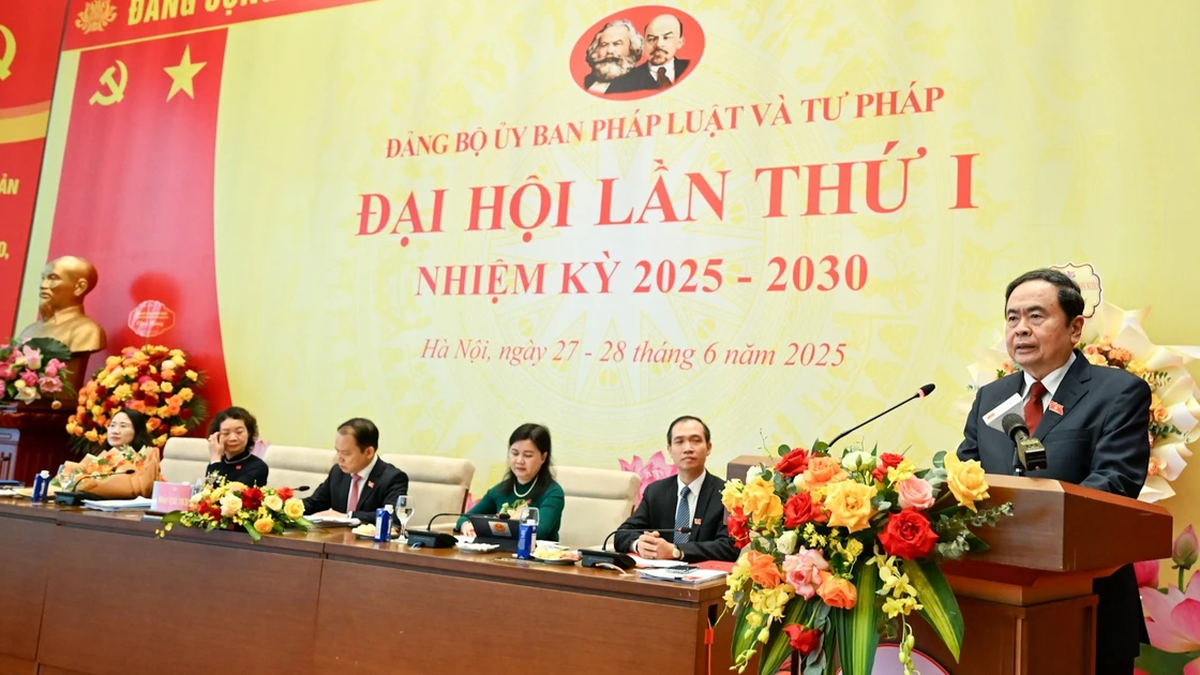


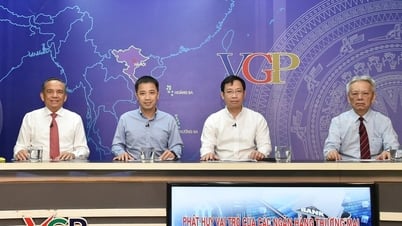



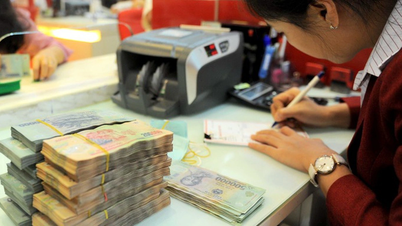

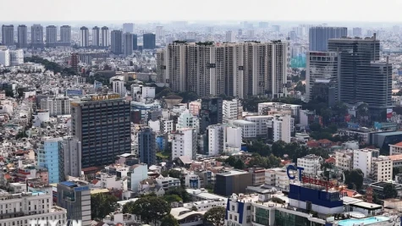

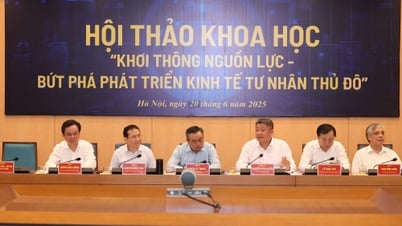

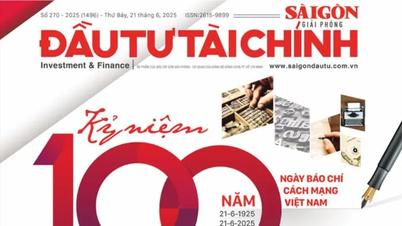














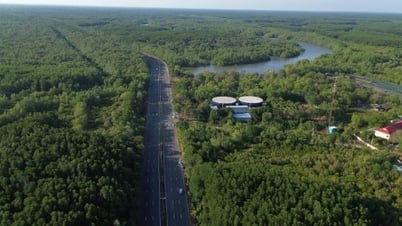






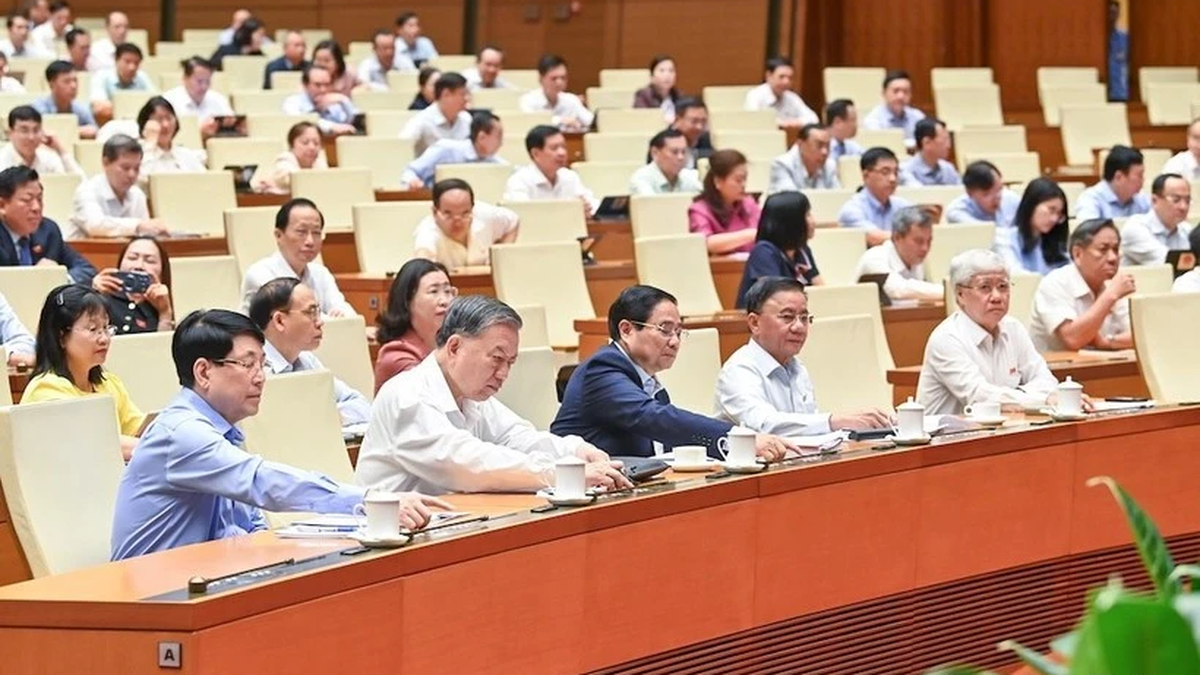






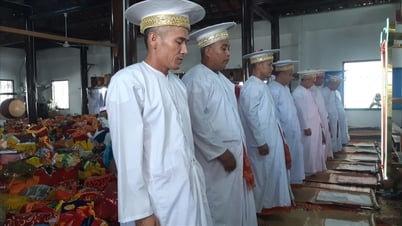























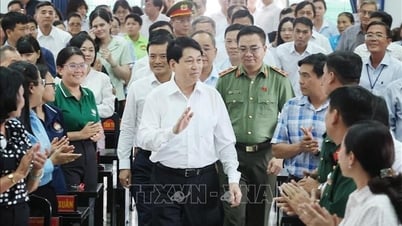
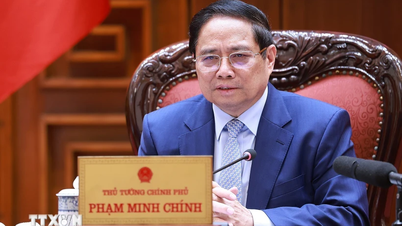

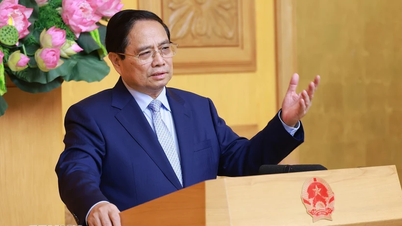




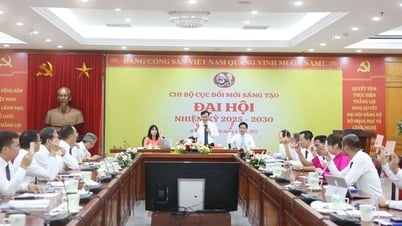




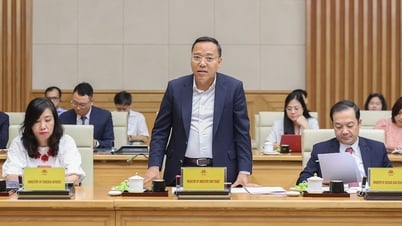



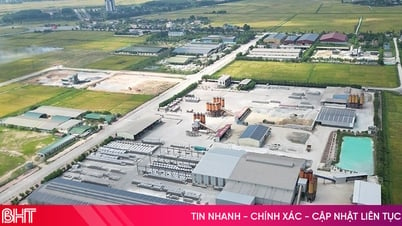




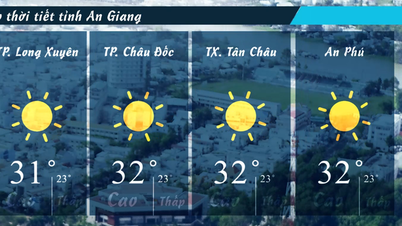
















Comment (0)